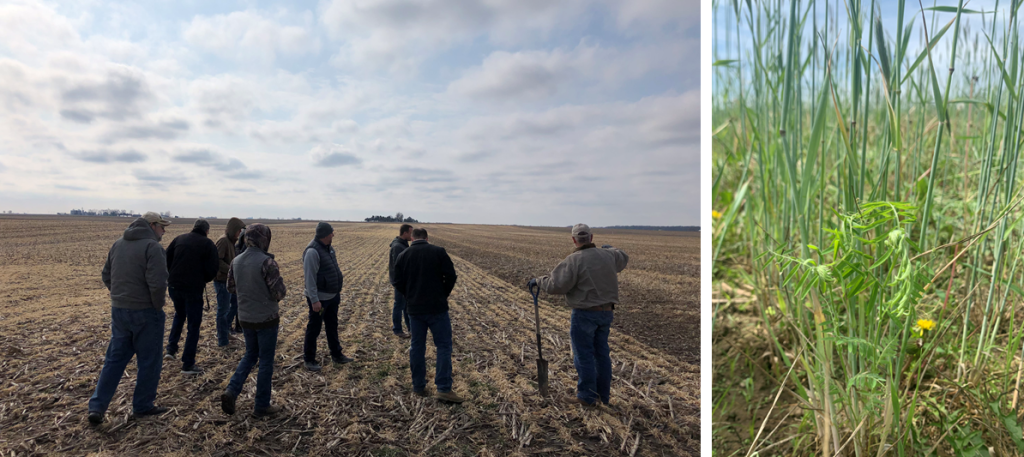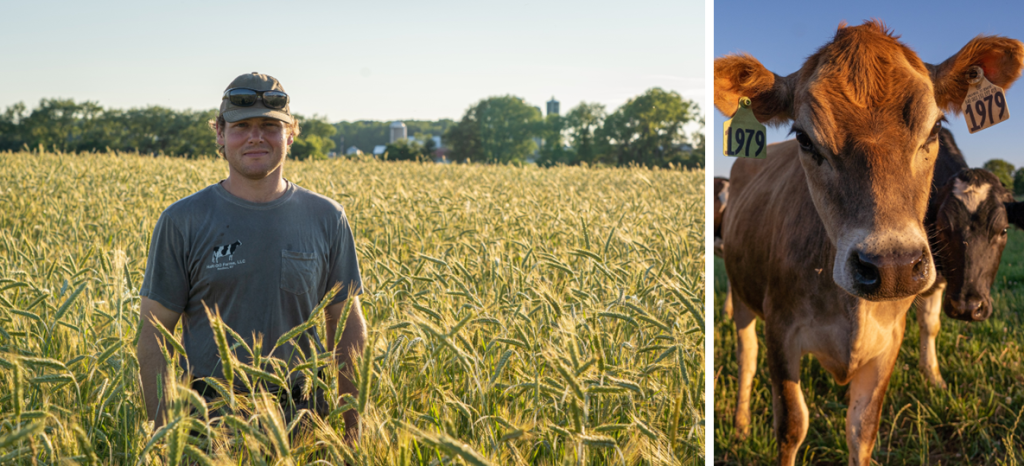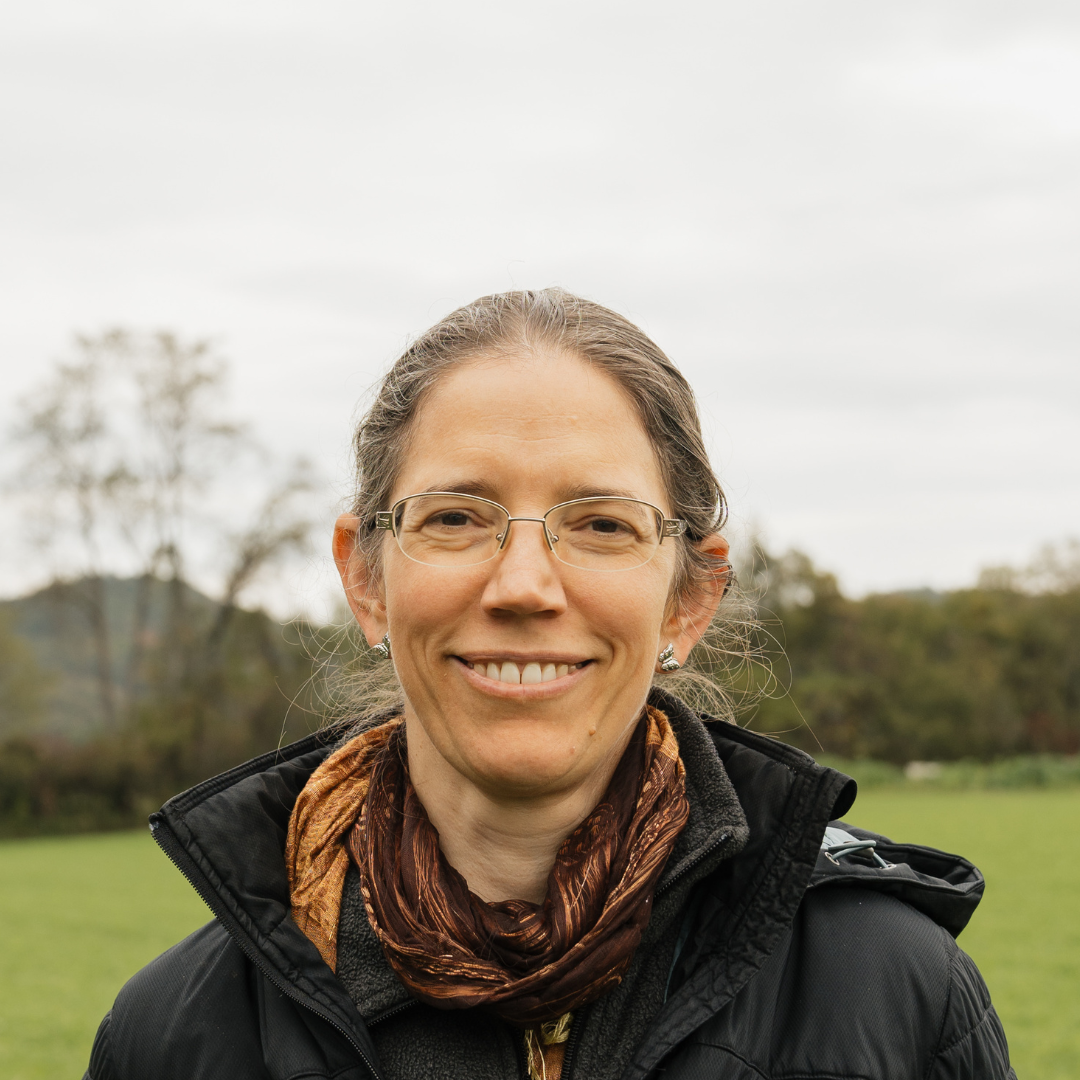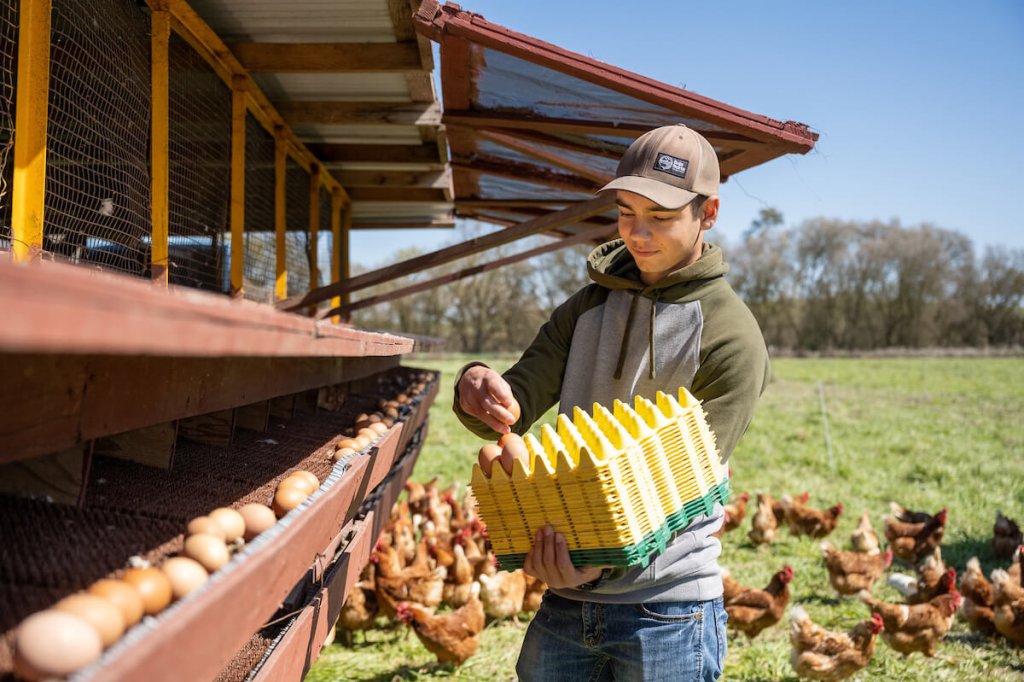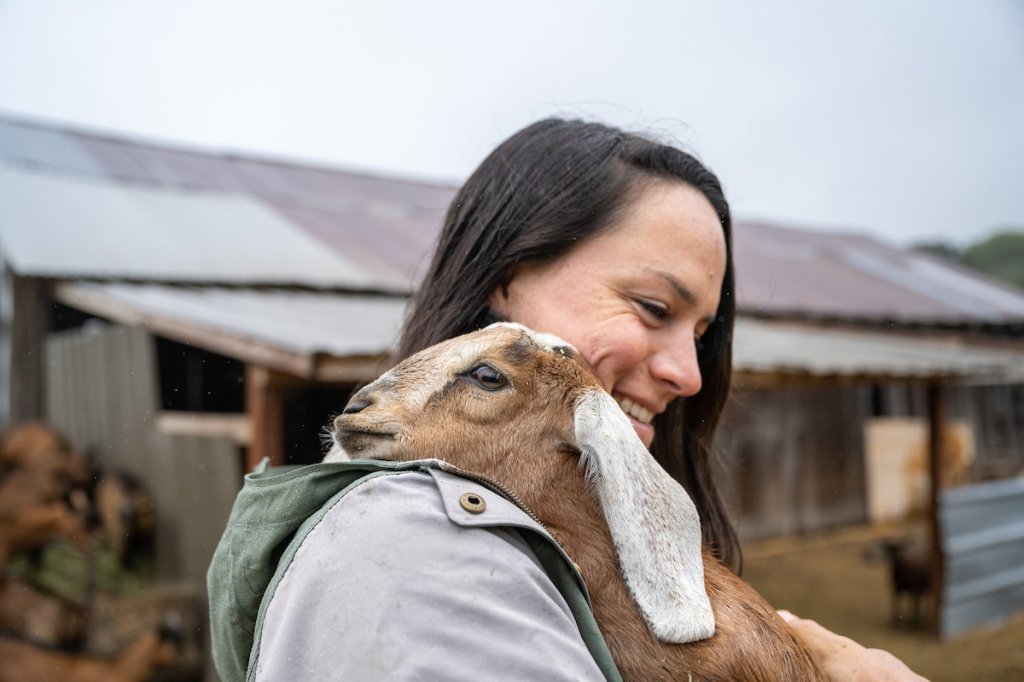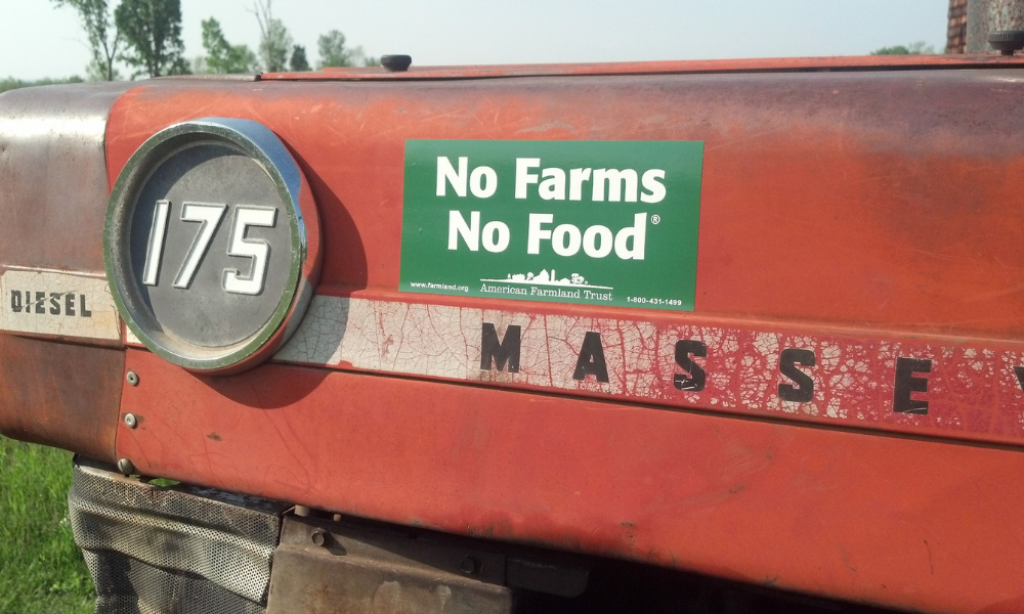The Synergies of Soil Health and Emission Reduction: Modeling Key Cash Crops Across the USA
UPDATE: This project has been completed. You can read more about the project below. Also, check out our Resilience Reports for Illinois corn and soybeans, California almonds, California vineyards, and New York forage crops. We also wrote a blog post.
Why this work matters
Charting a path to net zero emissions (or better) for U.S. agriculture requires an understanding of current emissions, how conservation practices can mitigate emissions, and how agricultural systems will respond to future extreme weather. Local agricultural systems can be a net source or sink of emissions. The relative contribution varies greatly depending on how producers manage the land as well as local climate and soil conditions.
Empirical data rarely exist at the scale and temporal resolution needed to develop climate projections for agricultural management. Recent advances in ecosystem modeling, satellite imagery analysis, and understanding of carbon benefits of holistic agricultural soil health management systems present an exciting opportunity to meet these challenges.
What we did
AFT partnered with Regrow and USDA ARS to link the Operational Tillage Information System (OpTIS) with the DeNitrification DeComposition model (DNDC). OpTIS is an innovative tool using publicly available satellite imagery for tracking the implementation of soil health practices, specifically reduced tillage and cover crops, at the farm-field scale. DNDC is a mechanistic soil biogeochemical model that predicts how crop yields, soil organic carbon, emissions, nitrogen leaching, and soil moisture respond to such soil health practices under current and future climate scenarios. With these results, we aimed to equip farmers, crop advisors, policy makers, and conservation planners with the best science to date demonstrating that agriculture can play a significant role in mitigating climate change and enhance additional ecosystem benefits including improved water quality and overall farm resilience.
We targeted four diverse farming systems and locations across the country:
1) California almonds
2) California wine grapes
3) corn and soybeans in Illinois; and
4) corn grain, corn silage, and soybeans that support dairies in New York.
We will run mitigation potential scenarios by investigating the climate and ecological co-benefits of soil health practices individually and in combination to identify the most synergistic outcomes. This work is funded through a grant from the Foundation for Food & Agriculture Research.
Regional Cropping Systems
California: Almonds and Grapes
AFT staff and partners monitored 8 vineyards in Solano, San Joaquin, and Sacramento counties and 2 almond orchards in Solano County (2020-2022) for validating OpTIS estimates of management practices in these areas. Unfortunately, we found that OpTIS would need higher resolution imagery in order to discern cover crops and tillage practices in orchard alleyways. We leveraged previous DNDC modeling studies of vineyards in California to better predict how future climate scenarios might influence yields, water balance, and GHG emissions. The California almonds report is available here. The California vineyards report is available here.
Illinois: Corn, Soybean, Wheat
Our modelling work in Illinois built on previous work by Regrow and others that used OpTIS, field validation, and DNDC to map cover crops and no-till following corn and soybeans across the Corn Belt from 2005 to 2018 and estimate ecosystem outcomes (publication here). The current project updated OpTIS mapping and DNDC estimates for corn and soybean systems in Illinois for 2015-2021. We also ran DNDC in future scenarios of practice adoption and climate change to explore the influence of healthy soils on soil function for climate, water, productivity, and resilience outcomes for farmers and the environment. The Resilience Report for Illinois is here.
New York: Corn, Soybean, Alfalfa, Hay, Wheat
Partners at The Nature Conservancy and the Cayuga County Soil and Water Conservation District repeatedly surveyed 37 crop fields in Cayuga and Livingston Counties to validate OpTIS estimates of management practices. The current project provided OpTIS mapping and DNDC estimates for corn and soybean systems in New York for 2015-2021. We also ran DNDC in future scenarios of practice adoption and climate change to explore the influence of healthy soils on soil function for climate, water, productivity, and resilience outcomes for farmers and the environment. The Resilience Report for New York is here.



